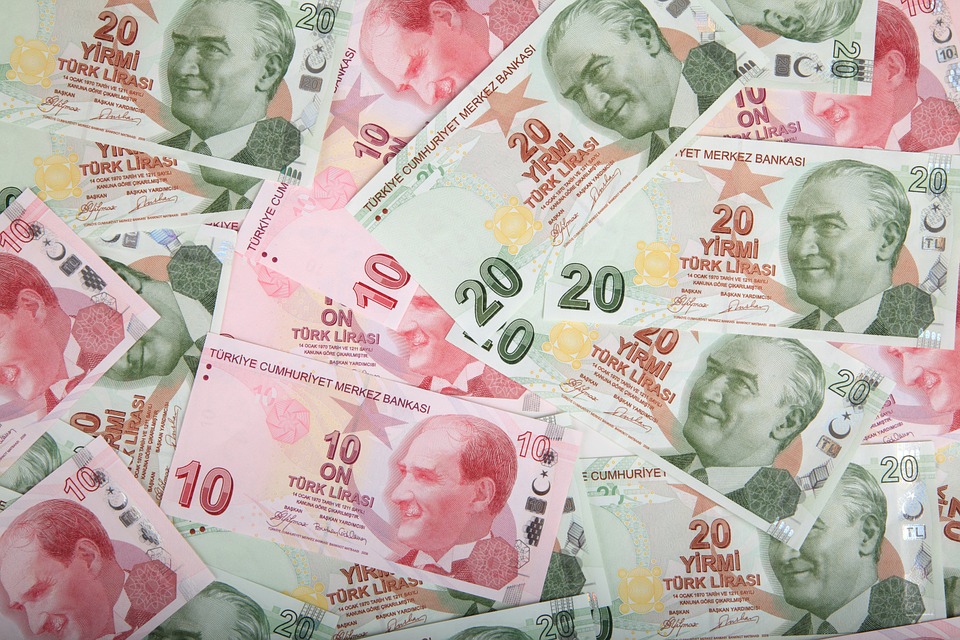MUFG: Turkey is revving up after a slow start
MUFG: Turkey is revving up after a slow start

The Central Bank of Turkey (CBRT) delivered a significant – and welcome – upside surprise, hiking the repo rate by 750bp to 25.00% on 24 August. This is a marked step-up relative to the more gradual adjustments since current Governor Erkan entered office in June.
Upon reflection, the regulatory measures announced on 21 August on the introduction of new conversion targets from FX-protected to conventional TRY deposits in our view had increased the probability of an upside surprise to the repo rate.
In light of these measures, as well as the CBRT’s decision to sell Sukuks to local banks – which should reduce its reliance on FX swaps, allowing it to better control TRY liquidity in the system – we believe the CBRT’s policy framework has encouragingly become more transparent and effective in tightening financial conditions in the broader economy.
We maintain our end-2023 repo rate forecast of 32.0%, alongside the need for additional measures to allow banks to raise their deposit rates to levels necessary to incentivise locals to save in TRY without FX protection.
FX views
The performance of EM currencies has been more mixed over the past week. TRY stages strong rebound after CBRT policy meeting and was the biggest mover amongst emerging market currencies over the past week.
However, we are not yet convinced that the policy steps taken so far are sufficient for the TRY to extend initial gains following last week’s CBRT policy decision. While the larger rate hike is another step in the right direction, the policy rate remains well below inflation.
The CBRT now expects inflation to rise back up to 58.0% by the end of this year which will require further large hikes by the CBRT. As a result, we still expect USD/TRY to move higher but acknowledge that the risk of a sharper TRY sell-off have diminished in the near-term.
Trading views
The received trade it EM rates continues to be easier to us than betting on spot direction. Moves to stop CNH depreciation in the face of downward growth will cause a step back in the RMB internalisation story.
China is not alone in pushing back against currency weakness. India and Turkey have made some supportive actions in the last week. Easing bets look good as long as it is not in places where liquidity may be pulled in order to be defend the FX rate.
Week in review
South Africa's headline inflation rate moderated by 0.7ppt to 4.7% y/y in July, and moved closer to the 4.5% midpoint of the South African Reserve Bank (SARB) inflation target range. This offers comfort to the SARB especially after its decision to leave rates unchanged at 8.25% in July, though policy rate cuts are unlikely until H2 2024.
Week ahead
In the week ahead, we have the rate meeting in Hungary (MUFG and consensus: on hold at 13.00%), June CPI is released in Poland (MUFG and consensus: down 0.8ppts to 1.0% y/y) and Q2 GDP is released in Turkey (MUFG: 3.1% y/y; consensus: 1.6% y/y).
Forecasts at a glance
In a world of tightening global financial conditions and questions about the liquidity implications of the now-finalised US debt ceiling, we see a degree of macro risks for EM economies in H2 2023, with external funding requirements the central concern.
We expect EM growth to trough this year but remain below potential in the 2024 recovery. The silver lining is that subdued growth should cap inflation, facilitating monetary policy easing where external balances allow.
Core indicators
According to data from the IIF, EM funds recorded the fourth consecutive week of net outflows of USD3.4bn led by weakness in China, in the week ending 25 August.










